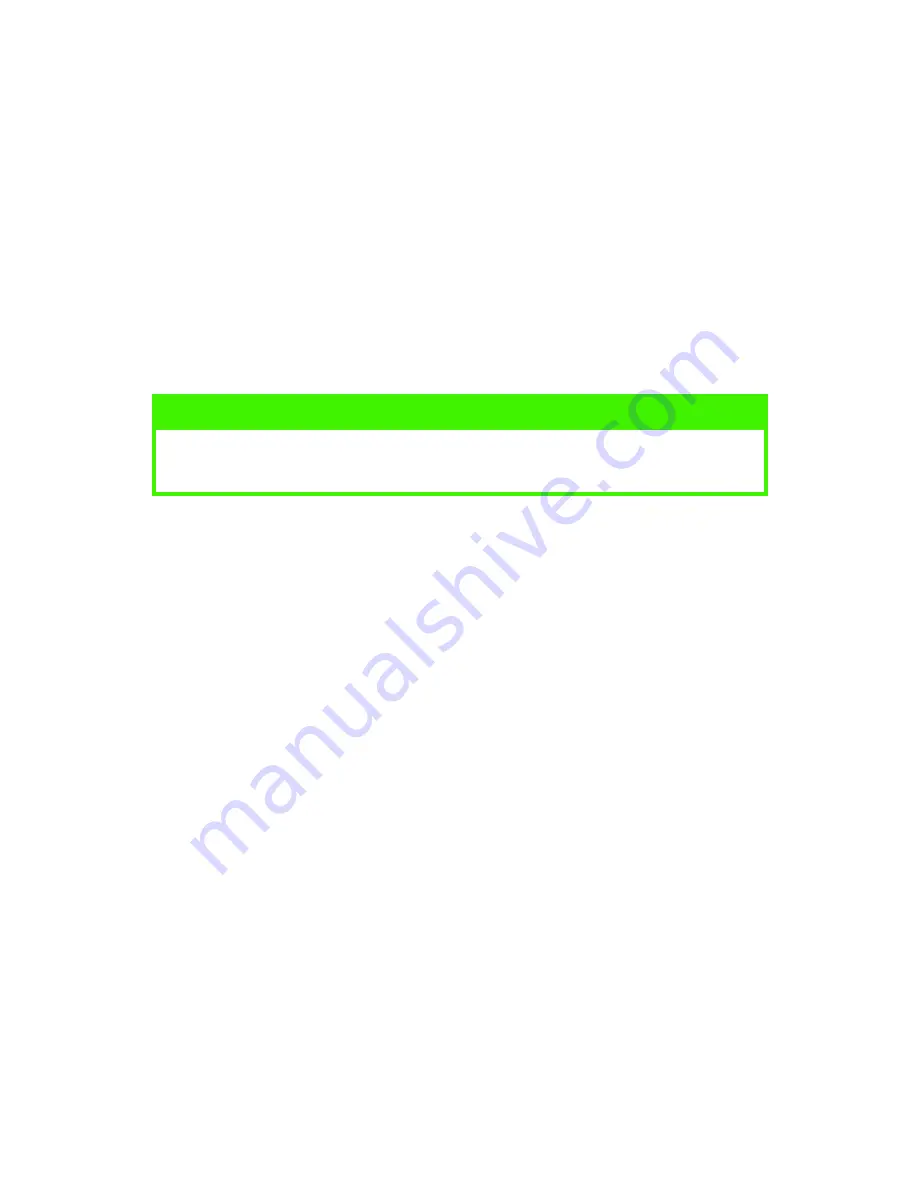
WINDOWS 9X DIFFERENCES > 51
7.
The project window will display one .BIN file for each printer
file added.
Make a careful note of the name and ID number for
each of the files. You will need them later.
If you wish to edit the names or ID numbers, double-click the
file entry and edit the details.
Volume
details are as follows:
0
= printer’s disk drive PCL partition;
1
= printer’s disk drive Common partition;
%disk0%
= printer’s disk drive PostScript partition;
2
= flash memory PCL
%Flash0%
= flash memory PostScript
8.
Choose
Projects
→
Save
Project
and enter a meaningful name
(e.g. “Letter Stationery”) so that you can recognise it.
9.
Choose
Projects
→
Send Project Files to Printer
to download
the project to the printer.
10.
When the message “Command Issued” appears confirming
that the download is complete, click
OK
to clear the message.
Test printing the macro
1.
Choose
Printers
→
Test Macro
.
2.
In the Test Macro window, enter its ID number and click
OK
.
After a short pause the printer will print the macro.
3.
When each macro has been tested, click
Exit
.
4.
Click the standard Windows
Close (X)
button, or choose
Projects
→
Exit
to close Storage Device Manager.
Step 3: Defining overlays
This is the final step before the new overlays are ready for use.
1.
Open the
Printers
window via the
Start
menu or the Windows
Control Panel.
NOTE
The names are case sensitive, and will be needed later
exactly
as they
appear in this list.
















































